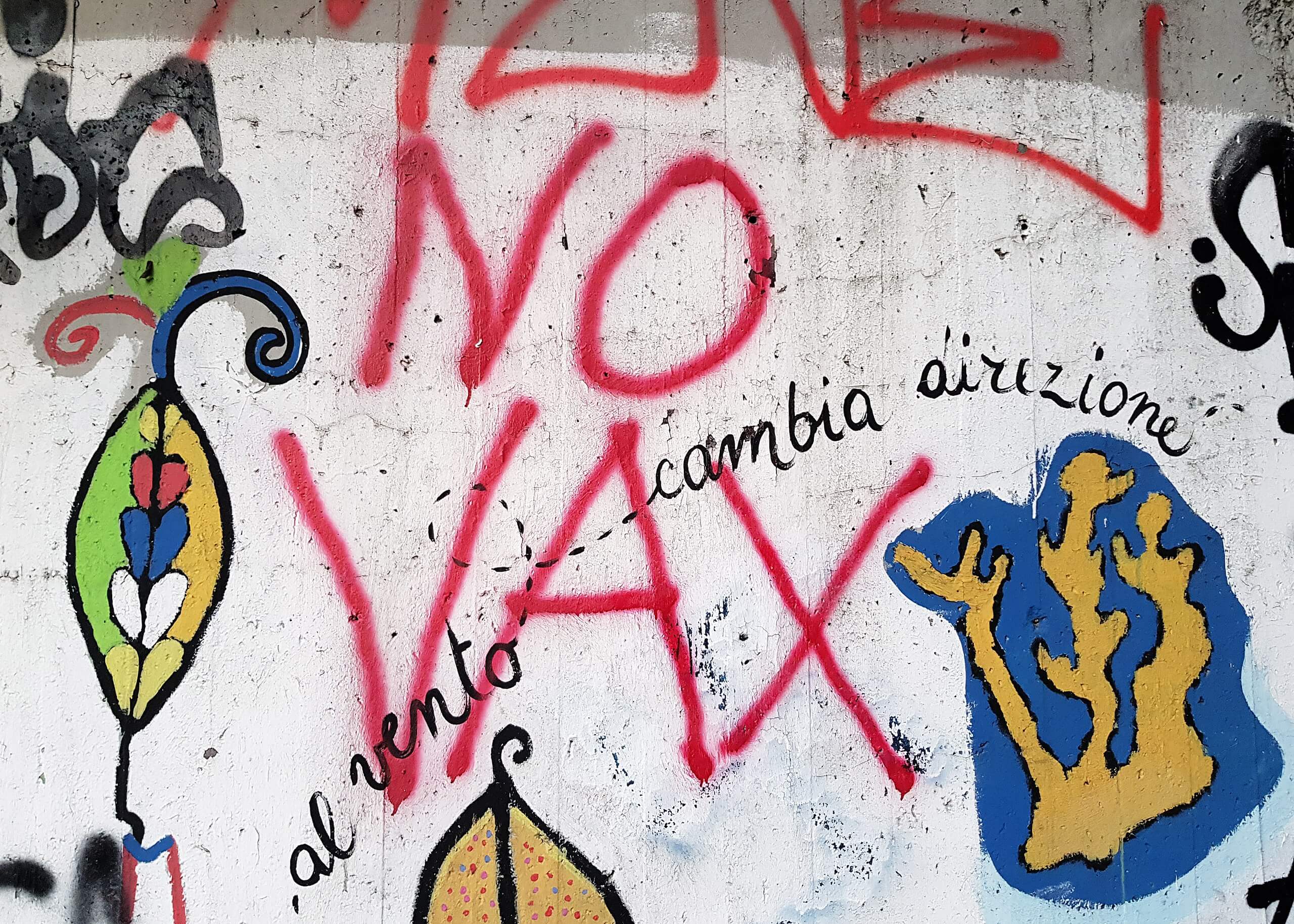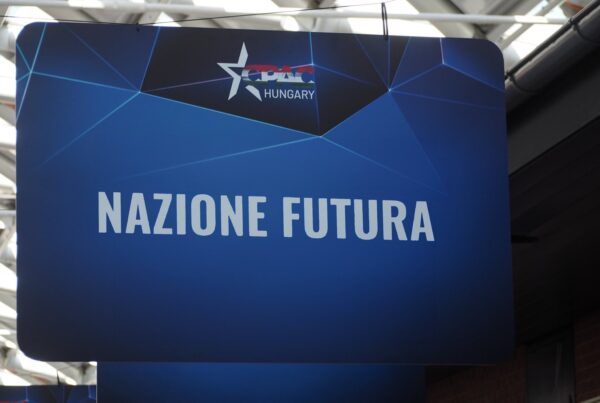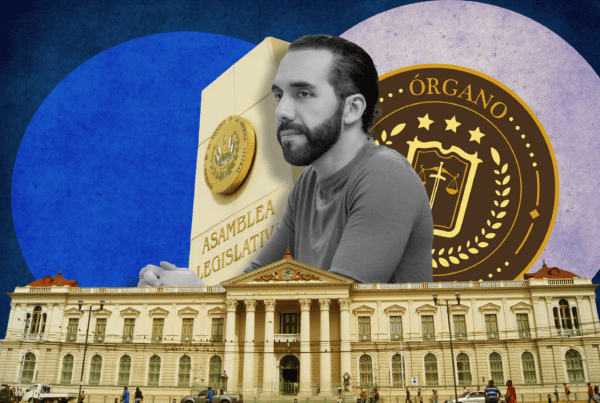The COVID pandemic and the misinformation that follows it on social media have further widened the gap between the political left and right around the world. Global vaccination rates are on the rise and patience among those fully inoculated is wearing thin for those who voluntarily resist joining their ranks. Refusal to vaccinate has become a key belief among many far-right groups as a declaratory statement against the perceived status quo. What happens, however, when these groups are threatened when their government strengthens a mandatory vaccine mandate to further persuade these holdouts? What do they feel is the appropriate action to take?
In Italy, the apparent solution is to commit acts of violence. On October 10, 2021, Italian authorities arrested twelve members of the extreme right-wing party Forza Nuova, including select leaders, the day after violent protests in Rome. The protests were held in response to a recent government effort to enforce a “Green Pass” mandate that requires all Italian employees to be vaccinated against COVID-19. The Green Pass, introduced by Prime Minister Mario Draghi, requires the country’s workforce to carry a digital or paper certificate that confirms at least one vaccine dose, negative test, or recent recovery. This mandate has been in place since July, originally necessary only for to access cultural and leisure vicinities, has gradually expanded to include the Italian workforce’s employment status. Roughly 80% of the Italian population was fully vaccinated as of October 10. Protestors responded by storming and vandalizing the CIGIL headquarters, Italy’s largest trade union, initiating armed conflict with riot police and attempting to breach the city’s Policlinico Umberto I hospital. Following the riot, the center-left Democratic Party announced its intent to present motions to dismantle domestic extremist groups, such as Forza Nuova, that spread neo-fascist rhetoric to the Italian populace, but without success.
Forza Nuova is a classic extreme far-right political party. It is one of three organizations of its type in Italy and checks all the boxes of an ultranationalist, conservative, and neofascist organization. Most importantly, it is a textbook example of populism taking form in reactionary politics. One only needs to observe their platform to recognize the signs. Protecting “the sovereign people” is the centerpiece of their beliefs, encouraging an effort to take ownership of Italian national identity in a classic ethno-nationalist mindset. For example, the party is staunchly anti-immigrant and anti-gay, grounding these beliefs in the accusations that these groups pose a danger to the traditional Italian way of life. These sentiments are emblematic of the classic “us vs. them” mentality that is further compelled by the party’s tendency to reject cultural modernity. Despite having no success getting elected to the Italian Parliament, Forza Nuova does a decent job attracting new members to its cause. Most of its recruitment activities are done online through satellite websites, Facebook accounts and Twitter posts, and it also owns several cafes where its members can meet and discuss their ideas.
The Italian population’s reaction to the stricter mandate is not surprising. Nativism is extremely prevalent in Italy’s political culture resulting from the less harsh punishments for their actions in the Second World War. To this day, several members of Mussolini’s family are in political power. With this in mind, there is no question that the riot was a highlight of the country’s strong traditions in reactionary social movements and street activism. Italy implemented its Green Pass mandate back in July and has incrementally expanded its breadth over several months. It received pushback from Forza Nuova members in the past, only to reach a boiling point not unlike the Capitol Riot in the US. Members of Forza Nuova have been backed into a proverbial corner by the Italian populace, who overwhelmingly support Italy’s strict mandate. This only further instigates Forza Nuova’s sense of victimhood and encourages them to dig their heels in deeper.
The key takeaway, however, is the Italian government’s announced intent to dismantle groups such as Forza Nuova. If the government carries out its intent, it will need to consider other steps to ensure that events like these riots do not occur in the future. Just because a political party no longer exists does not mean its former members disappear. There is a considerable danger that these displaced individuals will flock to center-right political parties that are more open to their ideals. Should that happen, Italy runs the risk of encountering the same levels of extremism from a politically established party that drifted further right to accommodate its new members. It also indicates that democracy and liberalism are not one and the same in some Western countries. Moving to eliminate these parties violates the liberalist idea in preserving the rights of a minority from the government. That said, given the corrupt state of Italy’s government and its extensive history supporting fascist ideology, any chance of this motion leaving parliament is slight. Forza Nuova’s status as an established political party will likely be preserved for the indefinite future.
The Italian political sphere is rife with nativism, street activism, positive recollection of its fascist past, and protest politics that help foster the growth of far-right groups such as Forza Nuova. The Green Pass mandate proved to be the catalyst for a long developing feud-in-the-making between the group’s vocal minority and the overwhelming pro-vaccine majority. Now that Rome has fully implemented this policy, it may further generate new waves of Far-Right protest movements in the future.
Kaitlyn Hays has over six years of experience in American Foreign Policy. She is currently pursuing her M.A. in European and Eurasian Studies at the Elliott School of International Affairs where she specializes in Russia and International Security.
Photo: “Graffito no vax – Parco Castello entrance in Legnano (MI), Lombardy, Italy – 2021-10-11,” by Mænsard vokser licensed under CC BY-SA 4.0.







